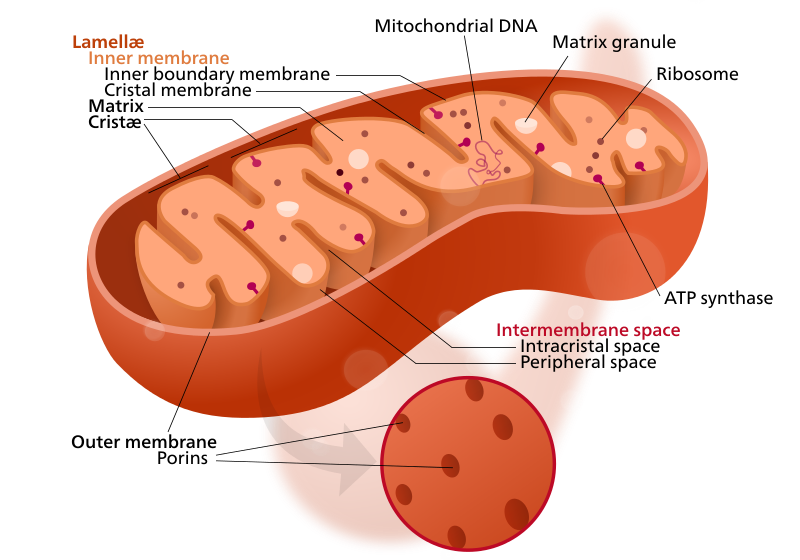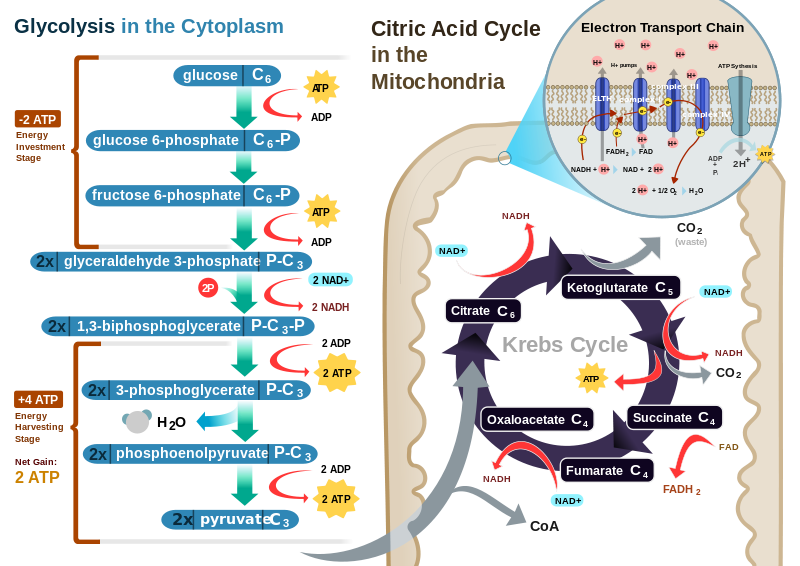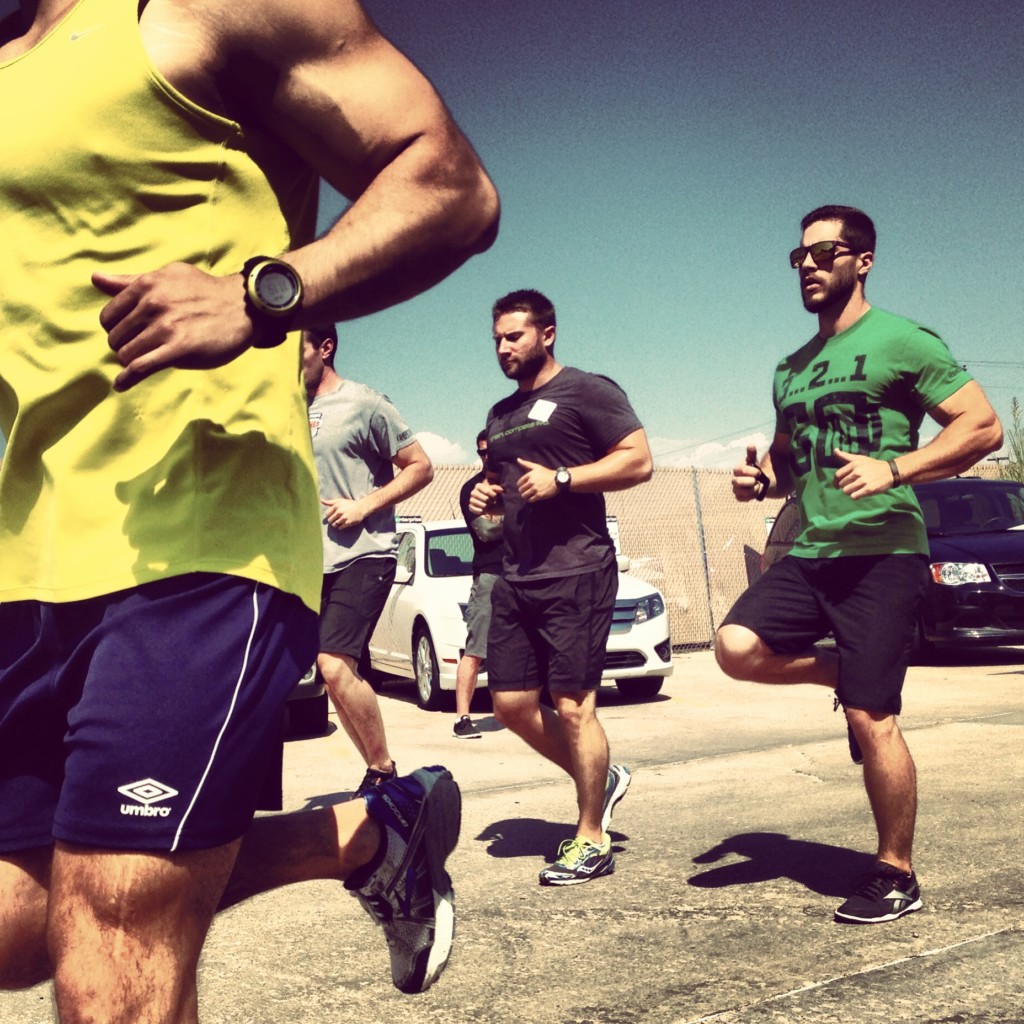By Cody Burkhart
The Inception Moment within our Tarantino Plot.
Tick tock, tick tock. The seconds tick away.
Tick tock, tick tock. You feel the urge to gulp. You swallow, but you don’t take in a breath.
Tick tock, tick tock. Your diaphragm begins to spasm. You dig deep and don’t give up.
Tick tock, tick tock. Suddenly you get a “second wind” and can’t explain it. Riding the wave you go further.
Tick tock, tick tock. The pain builds, your body is screaming at you and the world… begins to close in around you.
Tick tock, tick tock. You gasp for breath and click stop on the timer.
When you first started your max breath hold homework, some of these steps may never have occurred. You may have gotten to the “gulp” phase and called it quits. You may have gotten freaked out by the chest spasms. Hell, the idea of a second wind in the middle of a breath hold is disconcerting enough for many people that they pull the plug out of astonishment. The funny thing about what you were challenged to do was this inert need for competition… engrained in us as animals. A fight for survival? Sure. More so, though, it’s the fight against those seconds ticking away on the clock in your hand. Silly how competitive we are, but thank goodness.
Your head says “Can I beat my previous time? Can I make it to the next 15-second threshold? The next minute mark? What are my actual limitations?”
This is exactly why the first week of the next experiment I want to embark on with you began with no goal and limited input. I simply said “max time” and your body read “challenge yourself to go farther every day.” What we did was let you feel out your body and also aided in the elimination of the headspace modifier of this activity. In the results of our first test, I mentioned that my mental fortitude is a likely impact on my five percent performance increase. This mental driver will always exist, but the more we do something the less overpowering this element can become.
As an example… I can get some massive gains out of an athlete who has never squatted before over the first cycle. Gains that seem inhuman. Much of the benefits come from actively training, others from the quality of the applied programming, and still others from motor patterning and the skill adaptations benefited by myelin. On top of all this, there is the mental acceptance of the “newbie” that what they thought was possible is far from what they actually have in the tank. As time goes on from here we start seeing plateaus… and the plateaus give zero fucks as to how much you mentally want to will yourself to that next level. At this point, it’s the applied methods (programming, timing, nutrition, and supplementation, etc.) that start to turn the tide. So… we had you breathe and played a sleight of hand: you thought we were continuing the diaphragm test for improving gas exchange in your body, but while the left brain was getting its rational rule set… the right brain was dreaming of its limits and chasing the numbers, the seconds, on the clock. By now you have likely found those limits on a rough order of magnitude.
I started my hold times at just over the 2minute mark this past week. I willed myself from 1:30, where I miserably wanted to stop, to over 2min on the first effort. Each day I since I have willed myself further and further. Until I got back to my current limit, not my lifetime PR. Respect the difference. You may have made even more massive leaps percentage wise than my 25% or less, but you are now likely at a point where fighting for inches, for split seconds, is all you can do. Now we can start learning and playing with what applications generate success and failure. Now we can see physiological adaptation instead of being hampered by the data skewing psychological buffering. Remember: your headspace controls your hypothalamus. To understand the physiological modification to the system, we need to first get the input from our hypothalamus (the fight or flight response) consistent. Controlling our experimental variables is a must if we want solid, applicable data on the back side.
Now, before we jump into the “Five degrees of separation” methodology for our next experiment, lets Tarantino this shit and jump back to key baseline knowledge hidden in the tick tock intro…
What’s with the gulp?
I am confident in assuming we all accept that our inhalation is trying to get necessary O2 into our bodies and our exhalation is trying to clean out the end result of waste CO2. While we have touched on energy cycles in previous posts and your middle school science teacher tried to give them substance to you once upon a time, it’s more likely that I can ask you what process creates oxygen from carbon dioxide in plants than I can ask you how the body produces CO2 from the oxygen we inhale. It’s a scary reality that we live in our bodies, but usually don’t understand how they really work. Don’t take this as a stab, the fact of the matter is it’s actually not a simple question to answer if you listen to a professor crank through it. And now… for the Inception moment within our Tarantino plot to clear this up:
First things first… Oxygen helps but is not a requirement for your body to produce CO2. This is precisely what we touched on with conversations of aerobic (oxygen rich) and anaerobic (oxygen less) energy systems. We use oxygen as an agent for combustion. Your head likes to see combustion as explosions and flamethrowers and so you may not believe we run on combustion, but this is because of the slow rate of the reactions occurring inside your body. Irony, however, proves this knowledge is already engrained in us:
If I told you to guess what happens to someone as they start working out when viewed through an infrared camera (the blue and red images), you could tell me that they would start blue and would start to turn red.
You probably participate in a “warm-up” before activity?
Heat stroke is a concern of training in hot environments.
The heat is coming from somewhere. Combustion is a chemical reaction in the presence of oxygen that creates heat and light. You are a combustion engine, folks. And, just like your car engine, oxygen helps light that candle. This is when you need to remember the basics of chemistry and the building blocks of our world: atoms and molecules.
Molecules are the combination of different elements. O2 is just two cool Oxygen atoms bonded together. Carbon dioxide adds a third, Carbon, atom to the fiesta. In simple terms, a carbohydrate molecule (glucose) is six Carbons, twelve Hydrogens, and six Oxygens: C6H12O6. A fat molecule is comprised of a glycerol (three Carbons, three Oxygens, and eight Hyrdogens) with a fatty acid attached to it (one Hydrogen, two Oxygens, a Carbon, and our particular fatty acid chain of atoms) that bond together to make a triglyceride and water. Proteins come in all sorts of flavors as well, with a base set of Carbon, Hydrogen, Oxygen, and Nitrogen atoms (and sometimes Sulphur). The point of all this is you can see that hidden within every single one of our macro nutrients is Oxygen (as well as Carbon and Hydrogen). Breathe it in or consume it… either way it’s in our system and ready to rock.
From here, you likely know, or can at least make an educated guess, that Oxygen is fed to your cells and Carbon Dioxide is released, in turn. It is with open arms we welcome the cell powerhouse: mitochondria. Loosely put, the mitochondria are located in the floating jelly of the cell, cyctoplasm, of a cell and use particular enzymes to produce energy output, which is exactly why they are called the powerhouse. To do so, the mitochondria participate in the Kreb’s Cycle, also called the Citric Acid Cycle. Prepare yourself as we dive in because I’m going to ping pong around like Forest Gump, but I promise to tie it all together in the end:

Mitochondria, located inside the cell and suspended in the cytoplasm, is the powerhouse of the cell. The Kreb’s Cycle is hosted within the mitochondria (extended information and image available here).
In rough terms, the Kreb’s cycle is run off Acetyl-CoA (acetyl coenzyme A – an acetyle group attached to two Carbon atoms). Two molecules of Acetyl-CoA (A-CoA) input into the cycle produce waste H20 and CO2, while generating high energy particles (6 NADH and 2 FADH2) to run the cell and GTP that eventually produces further ATP. Along the way we see many enzymes react before the process completes its circle (eight if you are wondering). The circular nature is important because the first step of the process requires our fresh two-carbon molecule Acetyl-CoA to combine with the final 4-carbon molecule from the cyclic Kreb’s cycle called Oxoaloacetic Acid. In light terms, we toss more tinder onto the coals to start the fire back up. In terms for the other nerds out there:
- Acetyl-CoA bonds with Oxaloacetate to form a 6-Carbon citrate and our coenzyme is released
- Citrate becomes isocitrate via a dehydration and hydration process and goes through oxidative carboxylation, fancy way of saying it kicks off Carbon (that forms CO2) and Hydrogen (that reduces to NADH) to form a 5-Carbon Ketoglutarate
- The Ketoglutarate, with some sweet over-watch support from a CoA molecule, is stripped of another Carbon molecule and enzyme reaction produces a 4-Carbon Succinyl-CoA as well as ATP, NADH, and C02
- Succinyl-CoA loses its CoA fire-team member via another enzyme reaction to form a 4-Carbon Succinate and, as a bonus of this process, GTP (a high energy version of ATP) is created
- Succinate gets dehydrated by the next enzyme and becomes a 4-Carbon Furmate
- Furmate gets hydrated by yet another enzyme to form a 4-Carbon Malate
- And a final enzyme reaction dehydrates the molecule again to turn our Malate into the original 4-Carbon oxaloacetate

Cell Respiration image of the Kreb’s Cycle (Citric Acid Cycle) and layout of Cytoplasm Glycolysis, please refer to the following Wikipedia article for the original image as well as further information
If you want to go ahead and memorize the steps, there you have them and I encourage you to chase what completes you. Big picture considered, however, I want you to see that this cycle produces Carbon waste that becomes Carbon Dioxide twice during the Kreb’s cycle. But… “what the shit is Acetyl-CoA and where did it come from?” Right? (And the super nerds – “hey you missed the fact that Kreb’s cycle actually converts Pyruvate into Acetyl-CoA first”… seriously you are taking all the fun out of my Forest Gump analogy) And so we bounce…
Before we get to the nerd concerns, let’s talk about those top end inputs and where we are going, again. As humans we suck in oxygen and stuff our faces with macronutrients (Carbohydrates, Fats, and Proteins). I made all this hub-bub about what makes them up and then just kind of walked away from it (if you think it makes me look crazy, try thinking like this every day and you will understand why no one understands my text messages). I was leaving it for later, in favor of taking a backwards approach to figuring out how our exhaled CO2 is produced from our Oxygen input. The Kreb’s cycle helped us see where the C02, that is eventually pushed out of the cell and carried via our blood stream to exit our bodies in our lungs (we will get to blood and gas bonding in a later post), was being made. So, onto the next:
The nerds were right to interrupt, but timing is, or so I am told. We showed how the Citric Acid cycle’s cyclic fire is fed by A-CoA tinder, we just didn’t talk about breaking the branches up to make the tinder. A new step emerges:
- 3-Carbon Pyruvate undergoes catabolism to form Acetyl-CoA (and boy is this a broad step)
Forewarning: while we went into depth of the Kreb’s cycle, we are going to save these other cycles for a later time and cover them just at a 30k foot view for now. The intent is not to overload you too much all at once.

A visual representation of the various macro-nutrients and their key breakdowns to arrive at A-CoA for feeding into the Kreb’s Cycle (image location)
Proteins, Polysaccharides (Carbs), and Fats each have difference paths to making the Pyruvate necessary to oxidize into A-CoA aka to feed the Kreb’s Cycle. Proteins get really tricky with Amino Acid Degradation because while some amino acids directly degrade to Pyruvate (what we need in our new step zero), others can degrade to many of the other carbon molecules we covered in the Kreb’s cycle. Protein can also harness the power of Gluconeogenesis where its Pyruvate variations can be converted into glucose when our body is running low on natural stores. This glucose, like the glucose formed from the carbs we intake, can undergo Glycolysis (oxygen not required) to generate more Pyruvate and energy. Lastly, fat undergoes beta oxidation such that fatty acid molecules are broken down in the cell cytosol (the jelly) to form A-CoA. Now we know how our macronutrients are forming CO2 in our bodies and how it’s possible to produce this CO2 without mentioning oxygen. The molecules themselves have the carbon and oxygen built-in to produce the waste gas in the Kreb’s Cycle. So why do we even worry about oxygen?
Wood can burn, but, with added oxygen, it can bonfire.
Oxygen is the oxidizer: the agent used to convert our Pyruvate into A-CoA inside the mitochondria to kick off our Kreb’s cycle. Without it our only remaining solution for energy is Fermentation of Pyruvate in the jelly (a long, slow and inefficient process in comparison). So our body got smart and decided to use what our atmosphere gave us and inhaled… letting Oxygen light its fire.
In its most basic form what we just proved was how our CO2 out is controlled by our O2 in:
C6H12O6 (glucose) + 6O2 (oxidizer) = (combusts to produce) = 6CO2 + 6H2O + heat (aka energy)
The rooms jars… you wake up from the dream, Inception moment over. How are you feeling? Ready to continue? Let’s…
Your body is producing CO2 as part of the wondrous factory going on inside the cells, largely from the Oxygen you inhale. As the levels rise, your body chemistry changes and chemoreceptors in the body pick up on this fact. It’s an early warning system. The cool thing is that your body has spare Oxygen stashed all over the place, so it still has some tricks up its sleeve. In “nice guy” mode it says: “hey, you should consider taking a breath, I’ll remind you… it uses this guy
We fight the gulp and then our body starts to get a little more affront with its approach. We have spent weeks learning the benefits of the diaphragm and how little energy it requires to push/pull massive amounts of air… our bodies are way ahead of us and, struggling to keep up with the rising levels of CO2 and figuring out that its O2 reserves are plummeting, it starts to jump start our diaphragm. This is when the convulsing begins.
Tick tock, tick tock. Suddenly you get a “second wind”
At this point down breath hold road, body starts pulling the ace up the sleeve or should I say… up the spleen. This entire time the spleen has been holding onto a bonus reserve. The body tried gentle, it tried rough, now its straight into desperation. It spends its “life savings,” as it were in its attempt to save its life, to give you up to another 15% more high quality O2. The system can keep working and it feels alive again: the second wind. You become in-human in the most humanly way possible… brought back from the dead.

The spleen, located under the diaphragm (not a coincidence) in all its wonder and glory. Around 30% of the body’s red blood cells are stored here. (more information and image located here)
And then the train starts to go off the rails. The acidic environment change of the blood is troublesome and the brain, recognizing it’s the biggest consumer of glucose and (by everything we proved today with oxidation and combustion) therefore the biggest consumer of oxygen (20%), starts compartmentalizing… aka shutting down. The clock is running out and the lights are going dim. You start losing capacity to outthink your brain and its takes over. Either it knocks you out or triggers enough pain receptors to get your attention, either way it’s going to attempt to take a breath.
Most of us will never get to the point of a blackout, laying on our backs trying to set our previous PR, but in a real-life scenario you need to know what’s going on to stay alive.
…this flashback approach brought to you buy Mr. Tarantino.
Cliffhangers are becoming all the rage with my blog and since Tarantino was such an inspiration, we might as well pay tribute to his favorite Grindhouse style and leave the resolution for the next post. A good story, though, leaves it really edgy on the way out. So, without further ado:
How well we react to this growing level of CO2 can be trained just like any of the other common signaling changes in our body. Uniquely enough (or not so uniquely after what we continue to learn) our ability to manage CO2 has been linked directly to positive health benefits across the board. This makes total sense because of all the process work required to effectively produce energy in our bodies. If we are good at managing the waste, the system doesn’t get gummed up. One test of your relationship with CO2 that you can perform on your own is the Control Pause Test (as part of the Buteyko method). It only takes a few steps:
- Spend 5-7min breathing normally, while sitting up
- On your final exhalation, hold your breath and start a timer.
- When you feel the first signs of discomfort (indicating that your CO2 levels are high enough to trigger your chemoreceptors) aka the gulp, take a breath and stop the timer.
- Compare your number to the following:
- 1-10s = Critically sick
- 10-20s = Sick
- 20-40s = Typical (modern) “healthy” state aka underperforming
- 40-60s = Good health
- Over 60s = Ideal health

Try it out and see where you stand. Think about ways that you can improve this function from what we have talked about so far. Start feeling out your body and working your way through the “Tick. Tock.” steps we have covered. Become more involved in your body and aware of its responses. Next week we are going to use all of these new found talents for processing how our body manages Oxygen and Carbon Dioxide to tackle a highly tested method (Apnea tables) and see if we can play “Innovator” with it and come up with a hybridized test program to boost our performance, yet again.
Inhale in.
Now exhale out.
Now inhale in, deep with the belly.
And hold….
To help with topics for next week I encourage you to take a look at Apnea Tables for freedivers link I had above. Click here for a starting point. This is going to make understanding the hybridization for next week a whole bunch easier. It’s like reading the book for the professor gets out their chalk hand of fury.
